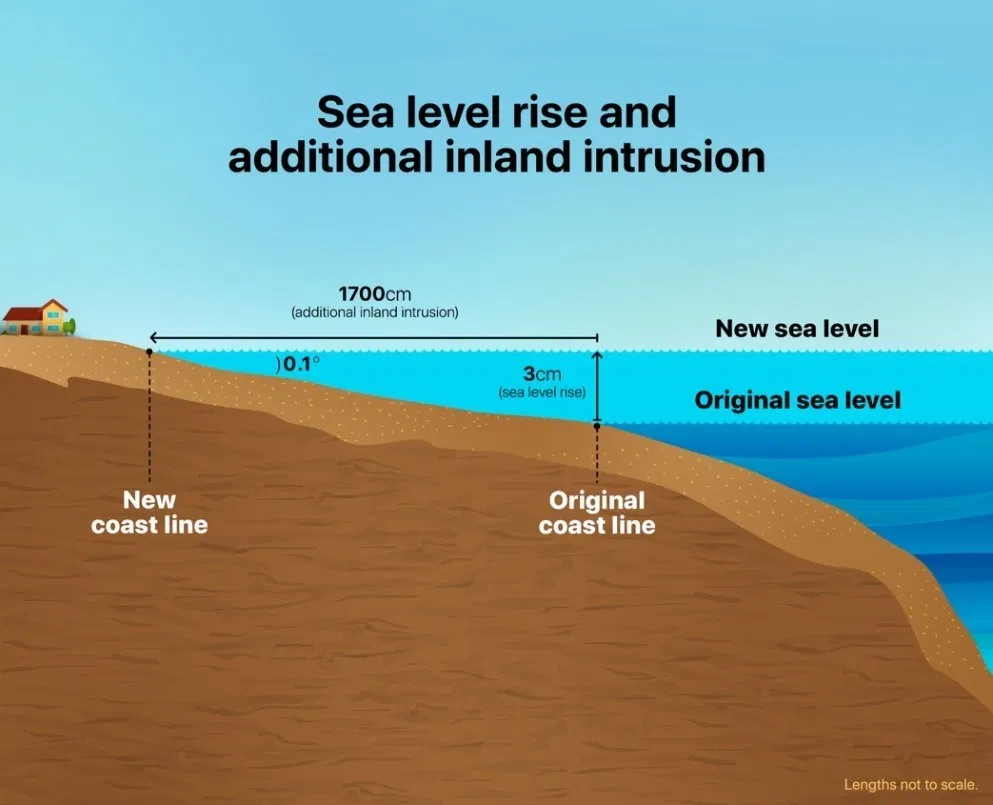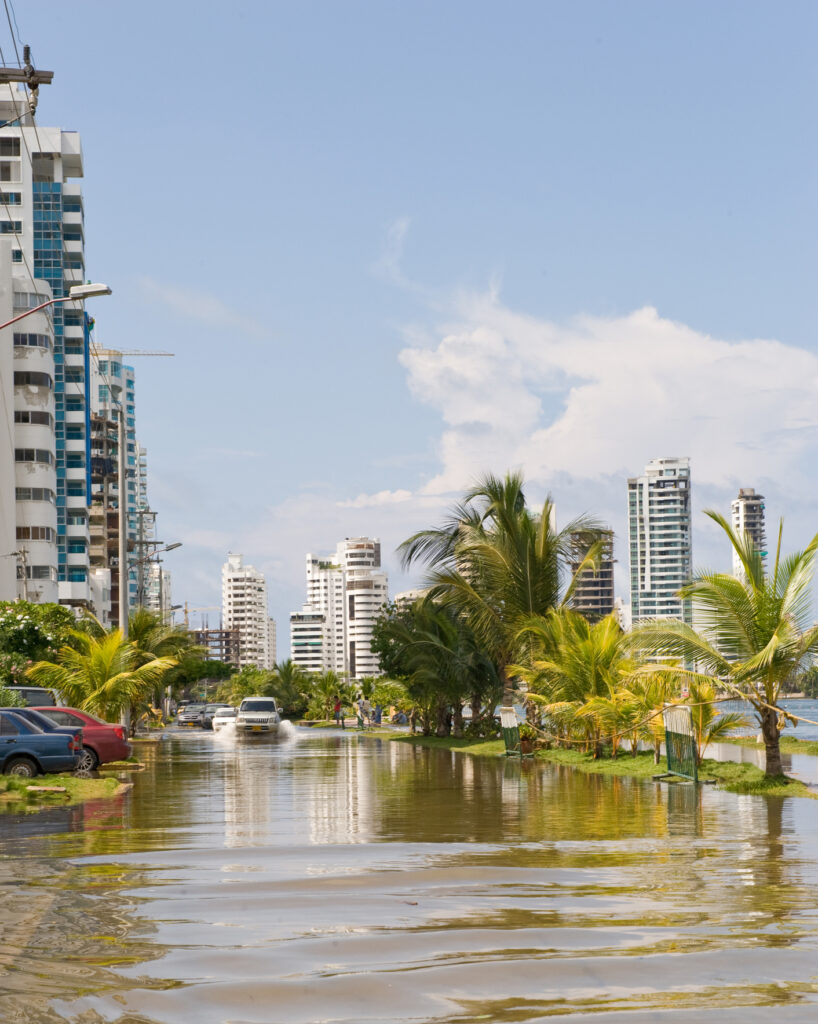EDITORIAL
The projections were accurate
April 2021: Concerns about Sea Level Rise grew exponentially in recent months, energised by a recent analysis of projected and actual results, which confirmed that previous projections were accurate at the global level, but also at the regional and local levels as well.
Comparing projections in previous studies with observed global and coastal sea level data from satellites and a network of 177 tide-gauges, scientists from Chinese and Australian institutions found agreement. The previous studies were documented in the United Nation’s Intergovernmental Panel on Climate Change: Fifth Assessment Report (AR5) and the Special Report on the Ocean and Cryosphere in a Changing Climate (SROCC).

This diagram was originally published by Dr. Chirag Dhara in his instructive essay in Firstpost
Sea levels are indeed rising, as PORTSIDE CARIBBEAN reported in our April 2020 edition. Louisiana lawyer and climate change activist, Colette Pichon-Battle, described it then as a ‘climate crisis’. She said that, in the United States, Louisiana is on the front line, losing land at one of the fastest rates recorded on Earth… at the equivalent of one football field every 45 minutes.
Most major cities in the Caribbean, including state capitals are built at or just above sea level. The highest population densities are in cities and towns close to the shore. Sea Level Rise concerns must therefore disrupt Caribbean life, as we have known it, with far-reaching economic and social implications.
Tourism is the mainstay of Caribbean national economies. Regionally, it accounts for about 15% of Gross Domestic Product (GDP) and 13% of employment. However, in most country destinations, tourism accounts for more than 25% of GDP and way more than 50% in many. And most of the infrastructure and superstructure for tourism, including the international airports, are at or about sea level and on the coast.
As we warned, flooding of wetlands and spawning habitats will destroy tens of thousands of species – flora and fauna. Ultimately, there will be flooding of aquifers, reducing availability of drinking water. Agricultural soil will become increasingly contaminated and food production will decline.

Tropical storms and hurricanes will generate even more devastating storm surges, ravaging what remaining infrastructure is left in already drowning cities. Social unrest and human tragedy will mount as hundreds of thousands of people are forced to abandon coastal areas. Low-lying islands that now enhance a tourist destination’s product will be largely under water while some will completely disappear.With just a one metre increase in sea levels, 35 of 44 CARICOM seaports and their surrounding port lands would be under water.
Even with the most optimistic projections of global reduction in production of greenhouse gases, the current levels in the atmosphere almost guarantee that the rise in sea levels will continue.
PORTSIDE CARIBBEAN has sounded this warning before. As a region, the Caribbean needs to take heed. Whatever the human response to Climate Change, no single initiative will be sufficient. There is no panacea. All methods will be complex. All realistic responses will require much time and financial capital to plan, design, finance and implement. Unfortunately, there is not much time left to discuss Sea Level Rise, its risks and solutions. It has already become a priority agenda item, not just for ports, but for regional governments.
Is it on your agenda? []







